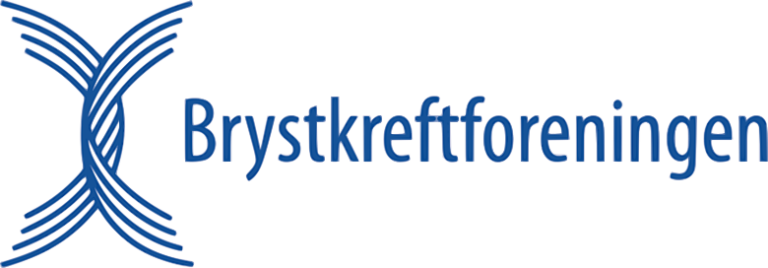Digital 2D mammography is the standard method for mammography screening in Norway and Europe. One of the method’s limitations is reduced sensitivity for breast cancer in dense breast, due to a masking effect of the dense glandular tissue. Digital Breast Tomosynthesis (3D mammography) is a promising technique with the potential to increase sensitivity, particularly in moderate dense and dense breast. Studies have shown an increased detection rate for breast cancer when screening with 3D mammography in combination with synthetic 2D images (DBT+SD), compared with digital 2D mammography (DM) alone. However, the number of prospective studies is small, with short follow-up time, and most prospective studies are performed in an experimental setting.
The OVVV-study is a prospective study including all women screened in Oslo (DBT+SD) and Vestfold/Vestre Viken (DM) in one screening round from 1.2.14 – 31.1.16. The total number of included women is 99,388 (37,215 in the DBT+SD group and 62,173 in the 2D group), and the study was performed in an everyday screening setting, with double blind reading and consensus/arbitration meeting. Mammographic and histopathological features are registered and analysed, and early performance measures defined as recall rate, rate of screen-detected breast cancer, and positive predictive value of the recalls (PPV-1) and of the needle biopsies (PPV-2) are calculated. Registration of interval cancers among the included women will be registered and analyzed as regards prognostic and predictive characteristics for two more years after the inclusion period of screened women is ended, that is until 31.1.18.
















